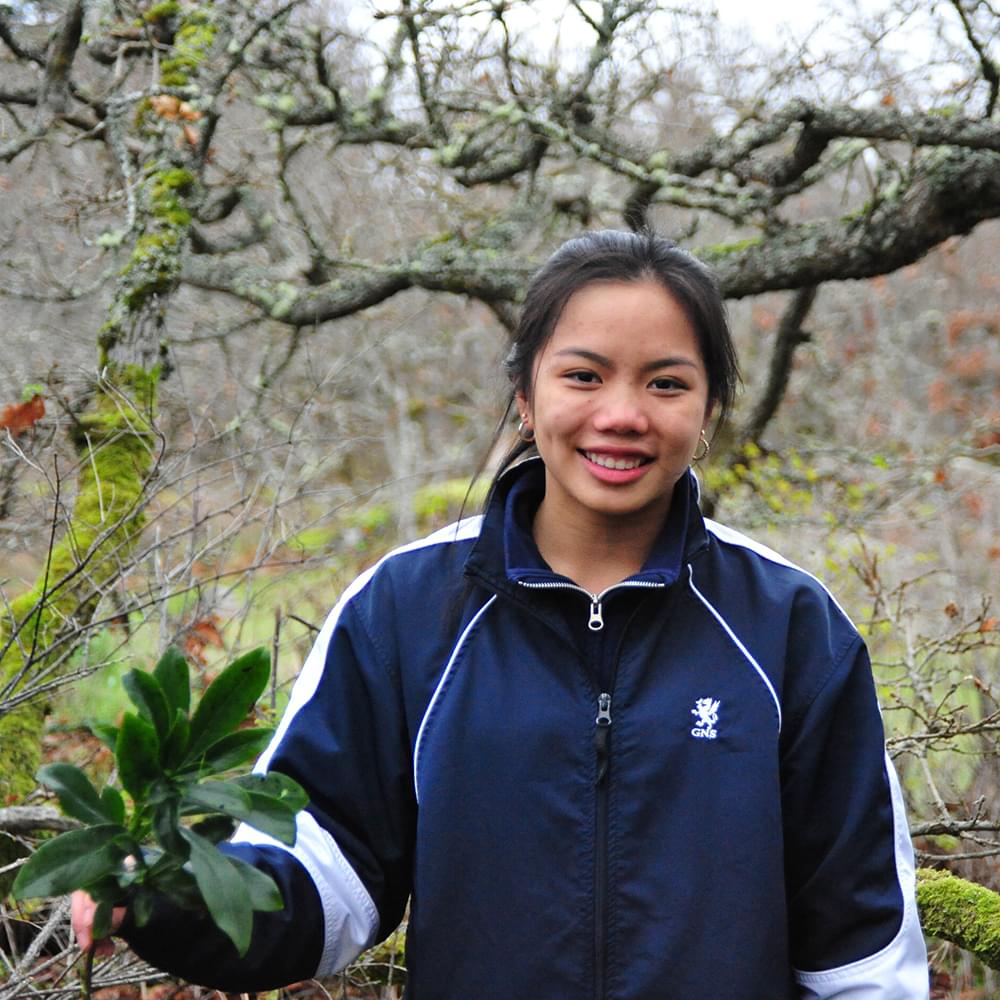On November 24, Senior School Round Square students took the bus to Cattle Point and Uplands Park to participate in an invasive species removal. The ecosystem of Uplands Park is rare because of its abundance in open green space, which contains dozens of rare fauna species and in the summer, a myriad of flowers bloom and cover the green grassy slopes.
The removal expedition focused on removing English Ivy, a plant with leathery leaves stemming from thick vines; Scotch Broom, a weed with bright yellow pea-like flowers that has the ability to increase the intensity of wildfires and is toxic to livestock; and Daphne, a plant listed as toxic that can cause skin rashes and even lead to comas. Even though it was gruelling work, students had fun, attempting to maintain the balance between having a conversation with their peers and aggressively uprooting the destructive plants all while stepping gingerly to avoid killing the native ones.
At the end, students stood victorious in front of a four foot tall pile of uprooted English Ivy, Scotch Broom, and Daphne.
Invasive species removals aren’t just one time initiatives, as they require around the year monitoring of the area to ensure that no seeds or pods have started taking root again. A missed seed, root, or fragment may result in additional hours of work.
To preserve the natural environment of Cattle Point, Round Square hopes to be involved in future invasive species removals to ensure that the impact will be long lasting, and so Round Square is planning to return in February!
“I definitely think it is a good opportunity to help the environment but it is also decently fun,” says Julia Finstad ’24, the organizer of this Invasive Species Removal.
The removal of invasive species from Uplands Park occurs year round. Friends of Uplands Park will be hosting several local invasive species removal activities as well as planting native plants during the winter break. These activities are incredibly fun and social, but also extremely beneficial for the local environment—so bring your friends and family.
Although participation in the removal of invasive species is the most effective method of protecting our local ecosystem, other ways we can help are by identifying aggressive invasive species.The Capital Region Invasive Species Partnership (CRISP) asks people to report occurrences of Knotweed, which has plumes of small white to green flowers (in spring) on heart shaped leaves. If you want to help more, go to Identify – Invasive Species Council of British Columbia and Invasive Species | Victoria to look for invasive species that you can help root out in your local community and ecosystem.





